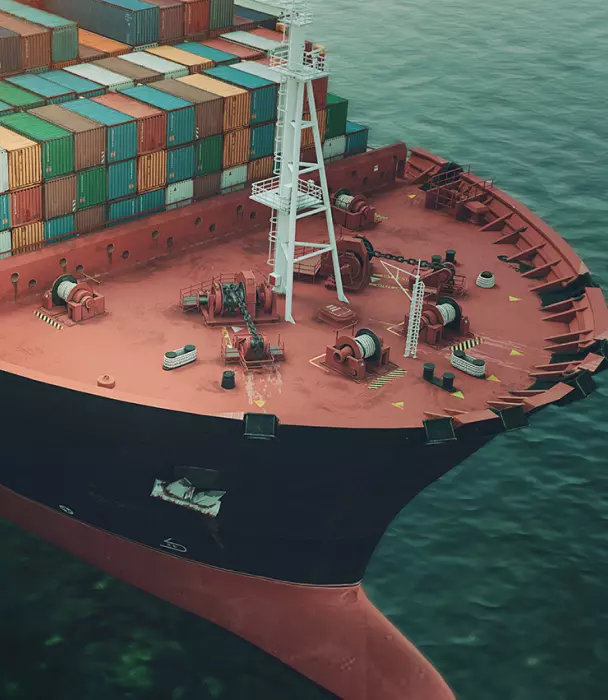Did you ever wonder why some corridors are more expensive than others, what causes fluctuations in freight rates and how ocean freight is determined?
There are a number of factors that affect shipping rates, and knowing them will help you make the best decisions. Here are the main ones:
Shipping route and distance
Shipping costs vary based on factors like the distance between your original pick-up point, and the final destination. The longer the distance, the higher the shipping cost. But freight rates also depend on geographic location, transportation move and complexity of the delivery. If you are shipping merchandise to a location that is difficult/ remote or expensive to reach, rates will be higher.
Seasonality
When demand is high and supply of space limited, shipping companies may charge a premium. During peak seasons, shipping companies raise their rates to take advantage of the high demand and compensate for lower rates in off-peak months.
Holidays affect the floating of ocean freight in several ways. For example, Christmas, Chinese New Year and Ramadan are all significant holidays that occur in different parts of the world—and their effects on global commerce can be usually seen before they begin when ocean freight rates increase as preparation.
Another seasonality is cargo related. For certain types of cargo (vegetables, fruit, grain), seasonality is important as these items tend to be shipped during a particular period every year, and have higher freight rates.
Type and size of container
The size and type of the container will also affect the cost. For instance, 40' HC container will cost more than a smaller 20' container, and an Open top container will cost more than a regular container. A reefer will cost more than a dry container.
Cargo type
When shipping dangerous goods that require special storage and handling, you will pay a higher freight rate because of the costs associated with handling them.
Oversized cargo takes up more space aboard vessels and requires special handling, which makes it more expensive than standard-sized containers.
Fuel Cost
The fuel cost fluctuations also affect ocean freight. When there is an increase in oil prices, ocean shipping companies will charge more for their services—and pass the additional costs onto businesses requesting shipments. Conversely, when fuel prices decrease many businesses can afford to ship goods using lower-priced sea freight.
Currency
While different countries use different currencies, the dollar is used as a standard unit of international currency in transactions. Therefore, ocean freight rates are affected by the currency exchange rate at the moment of transaction, and companies should keep track of currency fluctuations so that they will not be surprised by higher costs than expected.
Service charges
Port service charges and terminal fees affect shipping rates as well. Depending on your origin and destination, you may have to pay different local charges on top of the port's charge of THC (Terminal handling cost).
Competition
In the current shipping economy, rates are affected by many factors—the number of competitors and their strength in the market position among them. In today's shipping industry, you'll see that competition is no longer strictly limited to ocean transport: land service and transport have become important areas as well.
Carriers often adjust their freight rates to ensure they get the largest possible share of traffic, which affects prices. if a carrier is fighting for market share this can heavily influence rates given to customers.


